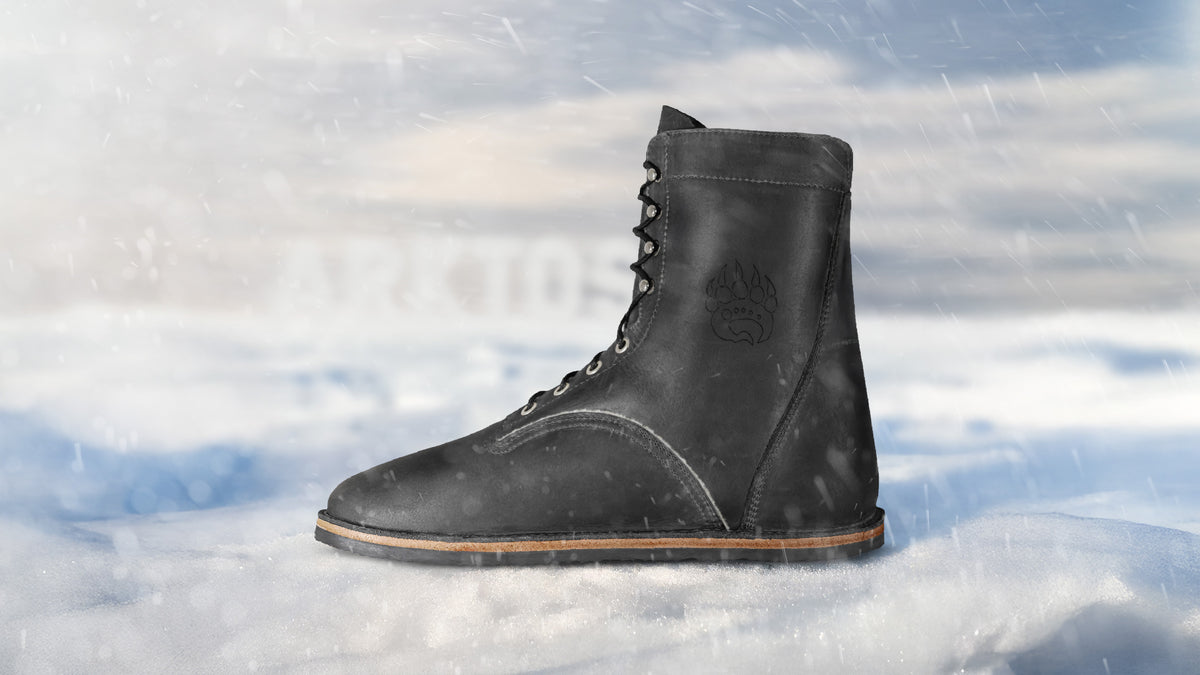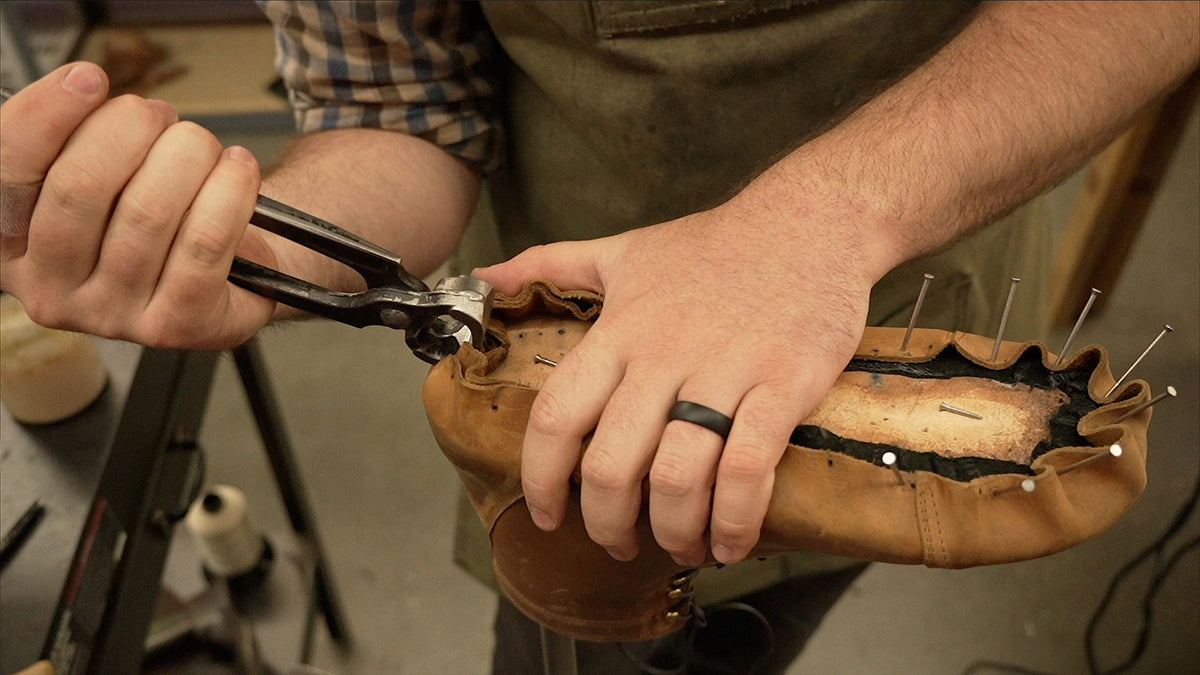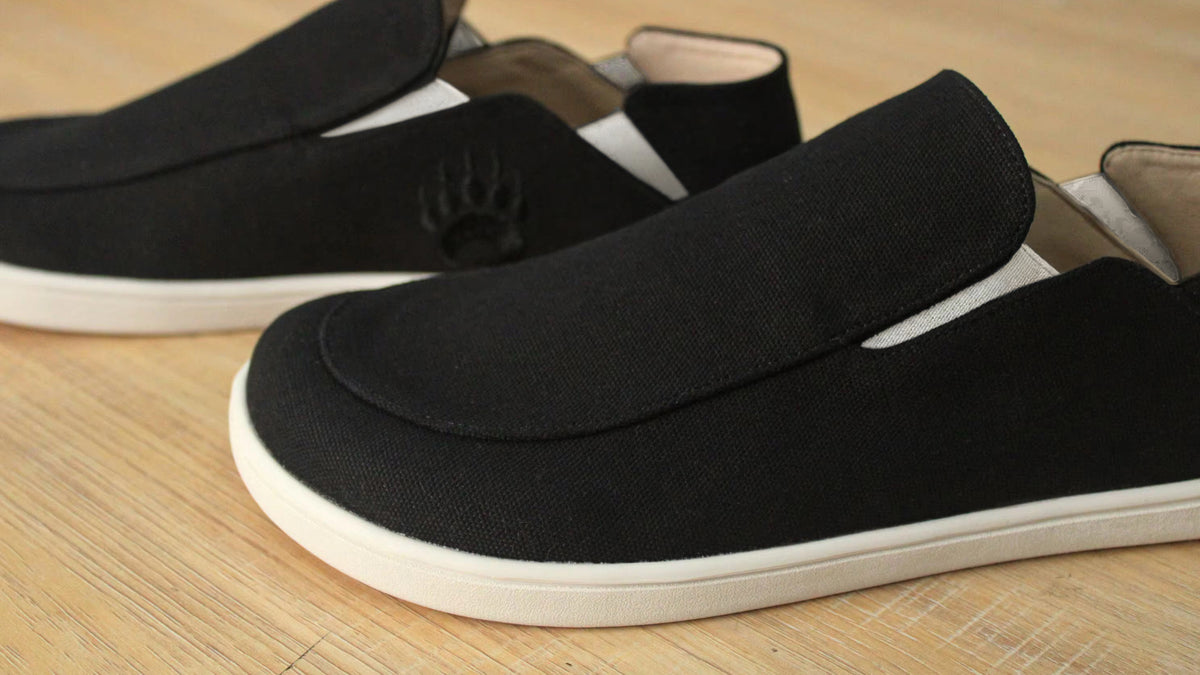How Your Feet Affect Overall Health
By: Lily Hoog-Fry & John Baker
Introduction:
It’s easy to forget about your feet, but it’s incredibly difficult to avoid our feet. They’re literally stuck to us and follow us everywhere we go, whether we use them (or appreciate what they do for us) or not.
Maintaining proper foot health and function can be a fickle game, but the days of assuming that your feet had little to no impact on your overall quality of life and health are gone! We will dive into the implications of foot health and function related to a better quality of life and some general strategies you can employ to take care of yourself and your feet.
Do Healthy Feet Improve Your Overall Health?
Your feet impact your life every moment of every day. Even when you ‘aren’t using them’(actively walking, running, jumping, etc.), you are still affected by your feet. You’re stuck with your feet, and your health is also stuck with their effects, for better or worse.
There have been numerous studies that have looked at the relationship between one’s quality of life and foot health (1)(5)(6)(7)(8)(9). The research is not vague, and it is quite apparent that your health-related quality of life can be capsized in the wake of poor foot health.
These studies looked at various factors and foot conditions that affect foot health in both men and women, such as hallux valgus (bunions), foot pain, foot function, plantar fasciosis, activity abilities, and footwear type. Regardless of the cause of diminished foot health, the outcome was the same – people reported decreased quality of life scores when they had foot issues (as well as for outcomes like general health, vitality, pain, etc.).
All people experience a negative impact of poor general foot health. This appears to be true regardless of geographical and socioeconomic concerns. Nevertheless, one interesting thing to note, women seem to be more affected by the negative impacts of foot health than men do (3)(4)(6). It is unclear what may be causing this, and we can’t say for sure because various risk factors come into play here. It is not the opinion of the authors that this suggests that women’s feet are actually any less hardy than men’s. Some possible confounding factors involved could be gender roles of what appears professional for men vs. women, priorities in types of footwear (women’s shoes tend to be more fashion-centric), daily activities, time spent in heels, pregnancy’s weight/ ligament/ metabolism changes, the list goes on.
Regardless of why, women seem to have their quality of life more negatively impacted by poor foot health than men do, and this means that we should place even more emphasis on educating women about the effects of foot health, provide them tools that they can use improve their foot health, and expose them to better footwear options (like those we sell at Bearfoot). As well as remind us all not to judge a woman as unprofessional without heels on. So share this valuable information with your lady friends!
Simple Foot Care Strategies:
We like simple strategies that offer a large return on investment. Life is hard and busy, so simple strategies offer the greatest sustainability and therefore offer the largest potential to make lasting improvements and better results when you focus on proper foot care and avoid the 'wrong shoe' choice. Here are some general strategies to improve the health of your feet and, in turn, your quality of life.
1. Get Out of Your Work Shoes:
We understand that some jobs require you to wear certain shoes. As unfortunate as this is, it’s the reality we live with fashion ends up subverting proper shoe fit. Luckily, your employer cannot control your footwear choices when you’re off the clock. We suggest you have an alternate pair of Bearfoot Shoes to wear before and after your shift. One strategy that works well for people leading a more foot-healthy lifestyle is leaving your work shoes at work or leaving them in a gym bag you use for your work items. Separating your work shoes from the rest of your possessions can help ingrain in your head that they are only for work and will ultimately result in you wearing them for less time.
2. Exercise While Being Barefoot:
Training barefoot or in Bearfoot Shoes has a whole host of benefits – greater muscle activation, improved stability and coordination, and enhanced performance (2)(3)(4)(10)(11). For a more detailed report on how training this way can help you or support your active lifestyle, check out our previous blog.
→ “Does Training Barefoot Make You Stronger”
3. Wear Toes Spacers:
Toe spacers are a new fad for the general population, but providing physical constraints to change the shape of the foot is no new concept. Toes spacers work so well because they cause the foot’s tissues to learn to function in a more natural alignment. As your tissues are placed in a natural alignment and then used, they will begin to adapt and re-orient themselves to this new position you’re forcing them into – it’s the same mechanism that allowed conventional shoes to cause your foot problems in the first place!
4. Transition to Barefoot Appropriately:
We know you’re stoked about all the positive benefits of returning to your natural form and enjoying better health, but it is possible to do too much too soon. If you want a more detailed approach, like a "treatment plan." Then check out our previous blog, “How to Transition to Bearfoot Shoes: A Research-Based Guide,” for detailed advice on how to make your transition as smooth and rewarding as possible. Just remember, take care of your feet, and they will take care of you!




























